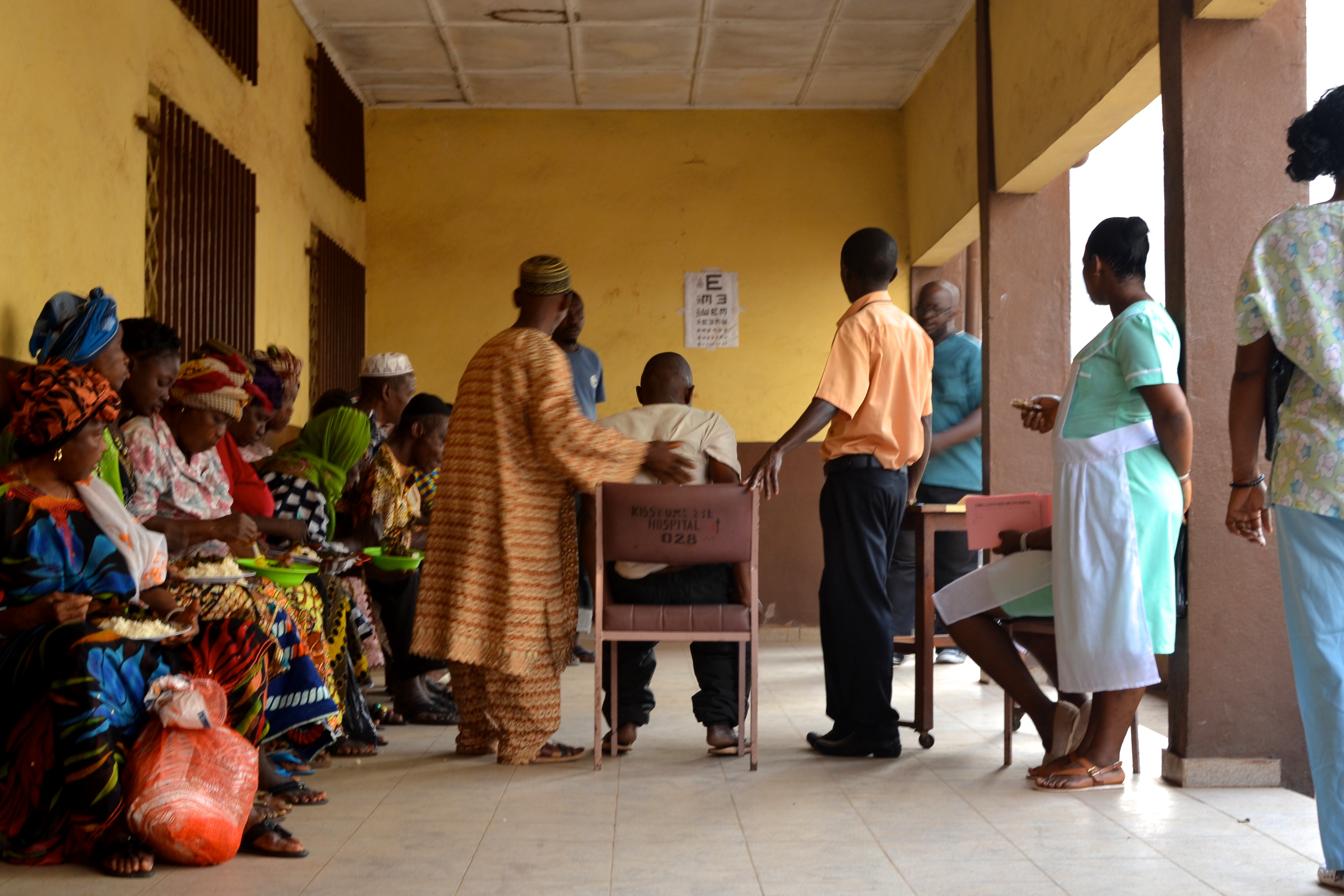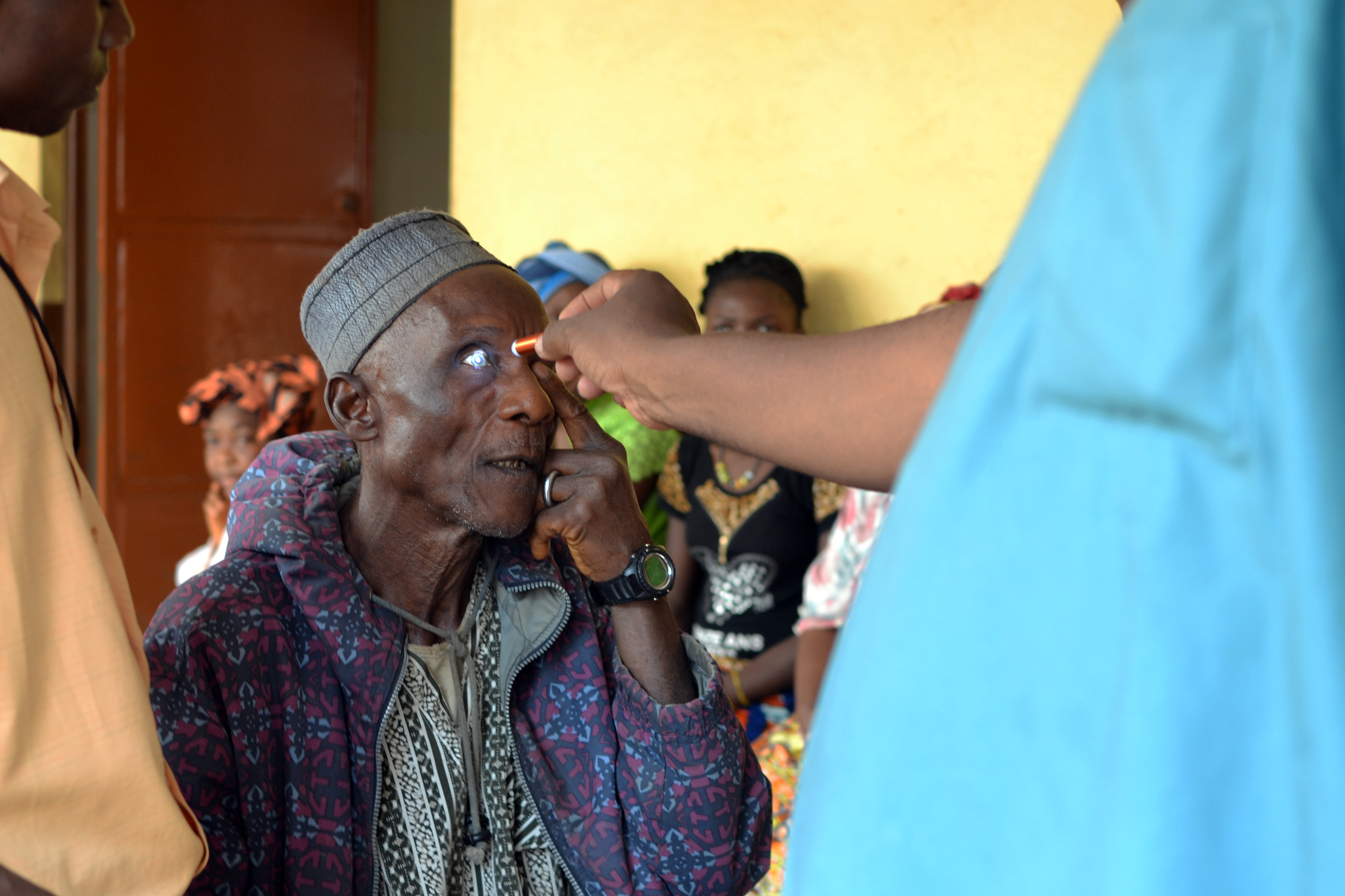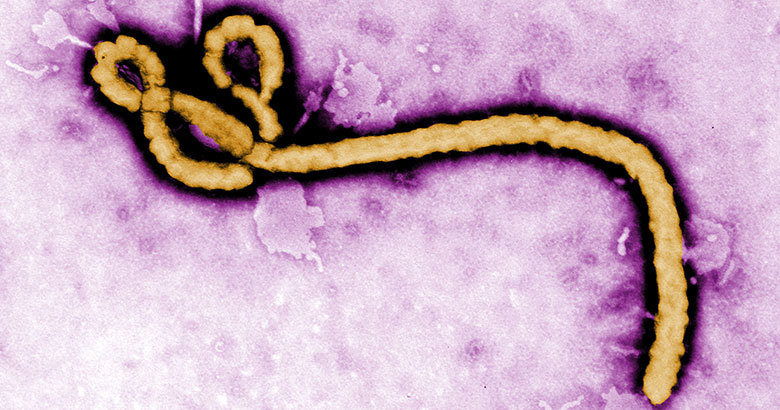
One morning, in Atlanta, Georgia, Ebola survivor and infectious disease physician Ian Crozier walked up to his bathroom mirror to brush his teeth and did a double take. His formerly blue left eye had turned green.
He'd been experiencing strange ophthalmological symptoms for weeks, and a diagnostic test revealed the culprit: the Ebola virus, relentlessly stalking him. Though undetectable in his blood, the virus had been squatting for months in the anterior chamber of the eye, replicating without spurring an immune response. Now, Crozier was losing his vision.
After three weeks, an experimental treatment restored the eye's pressure, shape, and soon thereafter, sight. But the case of viral persistence continues to disturb researchers worldwide. Was Crozier's left eye an outlier phenomenon, or were the eyes of the other 15,000 Ebola survivors teeming with the virus as well? And if they are, what does it mean for thousands to carry around a live virus that could, with the slightest surgical hiccup, escape back into the population?
Almost half of all West African Ebola survivors have exhibited new ophthalmic symptoms like Crozier's that, left untreated, can lead to cataracts, glaucoma, and in turn, blindness. Local ophthalmological capacity is dismal, with almost no personnel—Sierra Leone has two ophthalmologists nationwide—and an already weak health system now leveled by the outbreak. International aid efforts that flooded into the region during the acute infection are melting away by the minute. And the clock is ticking. In the wake of Ebola's fallen, survivors are the lucky ones, but they are also our blind spot: with vision loss in the midst of immobilizing joint and muscle pain, deafness, neurosis and extreme social rejection, are some of these 15,000 survivors living longer, or just taking longer to die?
-
×
 English
English









